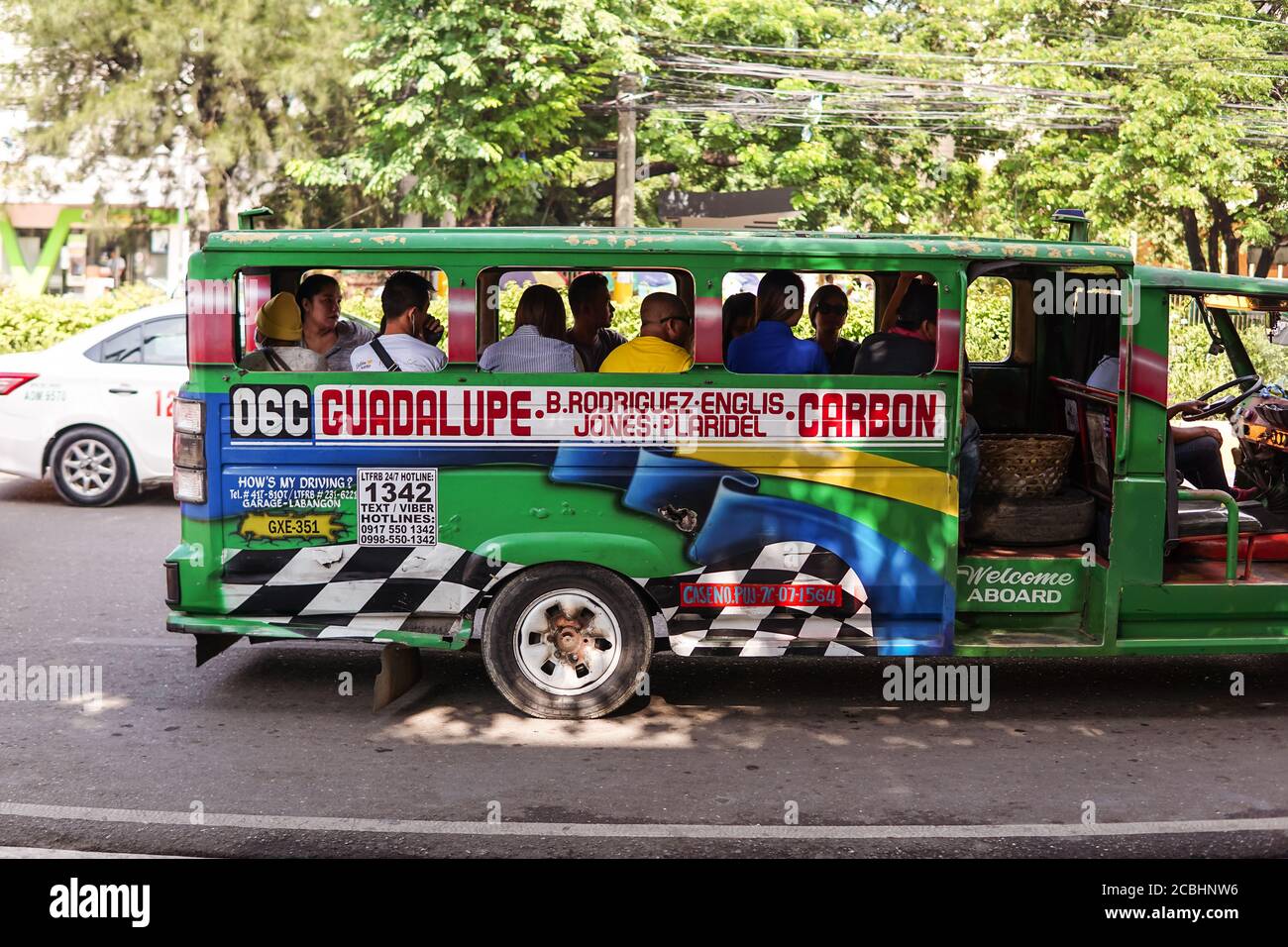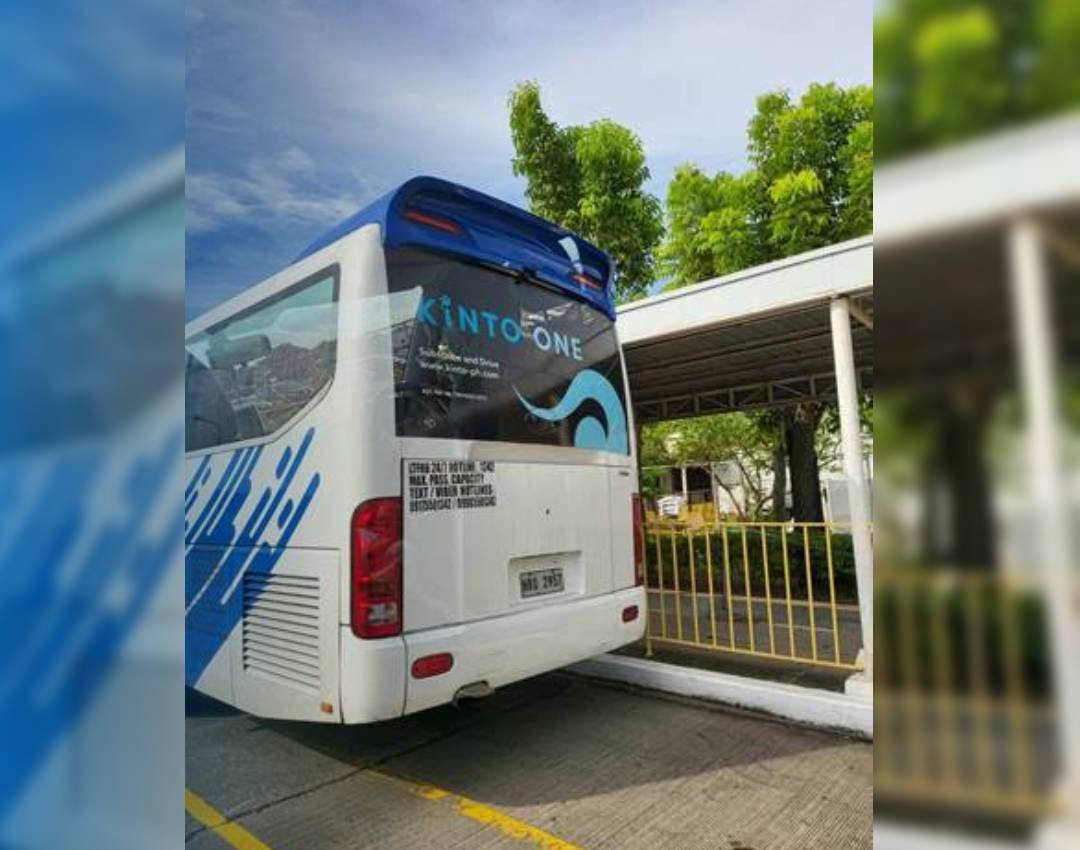Increase Your Organization with Transit Advertising Philippines
Increase Your Organization with Transit Advertising Philippines
Blog Article
Exactly How Transit Marketing Can Transform Mass Transit Spaces Into Dynamic Advertising Platforms
Transportation marketing holds substantial potential to redefine public transportation spaces into vibrant advertising systems that engage and notify. As we discover the complex advantages and progressing methods of transit marketing, it elevates the concern of how this transformation might redefine our interactions with both brands and the city atmosphere.
Advantages of Transit Marketing

Furthermore, transportation advertising is very cost-efficient contrasted to traditional media. It enables advertisers to achieve high impressions at reduced expenses, making best use of roi. The restricted target market of commuters offers a possibility for brands to convey their messages to individuals that are often receptive throughout their traveling times.
In addition, the dynamic nature of transit marketing allows projects to be upgraded often, guaranteeing that messaging remains pertinent and timely. This adaptability can be essential in reacting to market fads or promotional occasions, keeping the brand top-of-mind for consumers. Finally, the pervasive presence of transit advertising and marketing adds to brand recall; repeated direct exposure within familiar travel contexts reinforces brand name recognition and cultivates customer loyalty, ultimately improving and driving sales brand track record.
Kinds of Transportation Advertising
Mass transit systems offer numerous layouts for advertising, each accommodating different marketing strategies and target market interaction techniques. One famous kind is exterior bus and train covers, which cover the entire lorry and create a mobile signboard impact, permitting high exposure in city environments. These covers can catch interest as they go across hectic roads, getting to a diverse target market.
One more prominent style is interior advertising, that includes posters, electronic screens, and advertisements on transit seats. These positionings engage passengers throughout their journey, enhancing brand name messaging in a constrained room. Digital shows, in particular, provide the benefit of dynamic content, allowing marketers to update messages in real-time.
Station advertising and marketing is additionally considerable, featuring posters, banners, and interactive kiosks within transportation terminals. These ads leverage foot web traffic and can target specific demographics based on area.
Lastly, advertising collaborations with transportation authorities can bring about one-of-a-kind campaigns, such as themed transportation experiences or occasions, improving the overall interaction with commuters. Each sort of transportation advertising and marketing uses unique benefits, permitting brand names to customize their approach to efficiently reach their target audience within the public transportation ecological community.
Involving Travelers Effectively
Travelers are increasingly flooded with advertising and marketing messages throughout their daily trips, making it essential for brands to engage them in cutting-edge methods. To capture focus in this crowded area, marketers must focus on creative thinking and importance. Making use of distinctive visuals and concise messaging can significantly boost the chance of involvement.
Interactive elements, such as QR codes or enhanced reality attributes, can likewise change static ads into immersive experiences, cultivating a much deeper link with the audience. Brands need to concentrate on resolving travelers' demands and passions, tailoring messages to reverberate with their lifestyle, whether via promos for local organizations or solutions created to improve read review their travelling experience.
Furthermore, timing plays an important duty; purposefully positioning advertisements throughout top commuting hours can take full advantage of presence and effect. Involving commuters effectively likewise includes leveraging social networks assimilation, permitting passengers to share their experiences or promotions straight from transportation systems, thereby magnifying brand reach.
Basically, effective involvement hinges on recognizing the commuter trip and producing engaging, interactive, and relevant marketing experiences that not only record interest however also drive action and commitment. By doing so, brand names can transform public transport into a vibrant advertising and marketing system that reverberates with its audience.

Measuring Advertising And Marketing Impact
Exactly how can brand names properly examine the effectiveness of their marketing campaign en route settings? Measuring the influence of transportation advertising requires a multifaceted strategy that incorporates qualitative and measurable metrics. One prevalent method is tracking engagement via mobile analytics, where brand names can analyze foot web traffic patterns and app communications before, throughout, and after projects.
Surveys can offer important understandings into brand name recall and customer belief, allowing brand names to gauge just how well their messages resonate with travelers. Furthermore, checking social networks interaction relevant to details campaigns can disclose shifts in public assumption and brand discussion.

Additionally, teaming up with transit firms can boost measurement accuracy, as they usually have comprehensive demographic information on ridership trends. By integrating these methodologies, brands can establish a thorough understanding of their advertising performance, making sure that their projects not only get to but likewise influence their target audiences properly.
Future Trends in Transportation Advertising
A substantial shift is prepared for en route advertising and marketing as technological developments and altering customer actions improve the landscape. Transit Advertising Philippines. The integration of electronic screens and multimedias is expected to improve interaction, enabling brands to provide vibrant web content that reverberates with varied audiences. As public transportation systems embrace smart innovation, advertisers will take advantage of real-time data analytics to tailor messages based on passenger demographics and behaviors
Furthermore, increased truth (AR) is poised to revolutionize the means commuters interact with promotions. By offering immersive experiences, AR can change an ordinary trip into an appealing narrative that records attention and cultivates brand commitment. This development will likely motivate marketers to produce more experiential projects that drive consumer interaction.
Sustainability is an additional crucial trend influencing transportation marketing. As ecological consciousness expands, brands will progressively look for to align with environment-friendly practices, using lasting materials and promoting eco-friendly campaigns within their campaigns.
Final Thought
In conclusion, transportation advertising and marketing offers considerable advantages by improving brand name presence and engaging a captive audience. Via various styles, such as outside covers and digital displays, it transforms site link mass transit right into a dynamic advertising system. Reliable interaction approaches and robust dimension techniques additionally intensify its impact. As trends evolve, the potential for innovative communications in between commuters and brand names is poised to grow, making sure that transportation advertising and marketing stays an important component of contemporary advertising and marketing techniques.
Transportation marketing holds significant capacity to redefine public transport areas right into dynamic marketing systems that engage and inform. The pervasive existence of transportation advertising and marketing adds to brand recall; duplicated exposure within acquainted traveling contexts reinforces brand name understanding and cultivates consumer commitment, eventually driving sales and improving brand name online reputation.
Just how can brands accurately analyze the efficiency of their advertising projects in transit environments?In verdict, transit advertising uses significant benefits by improving brand name exposure and engaging a restricted audience. Transit Advertising Philippines. As fads develop, the possibility for ingenious communications look what i found between brand names and commuters is positioned to grow, making certain that transit advertising and marketing stays an essential element of modern-day advertising approaches
Report this page